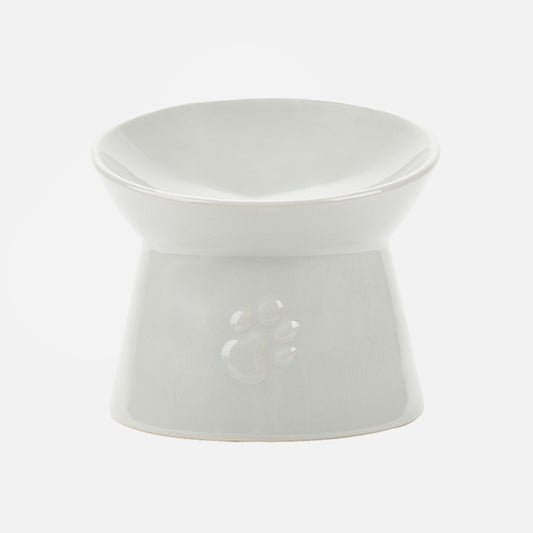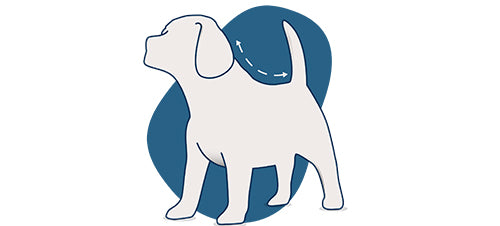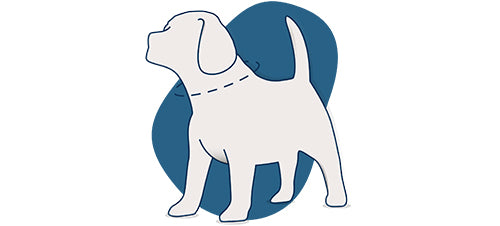For dog owners, the decision of whether to spay or neuter their beloved pets is often a pivotal one. The process of neutering, or spaying, a dog involves surgical removal of reproductive organs, and it's a decision that requires careful consideration. Let's delve into the details of dog spay and neuter procedures, their benefits, costs, and the recovery process to aid in your decision-making process.
Understanding Dog Neutering
Neutering involves the removal of a male dog's testicles or a female dog's ovaries and uterus. The primary aim is to prevent reproduction, reducing the number of unwanted litters and curbing certain behavioural tendencies.
Benefits of Neutering Your Dog

- Behavioural Changes - Neutering can often lead to a reduction in certain behaviours such as roaming, aggression, and marking territory. Male dogs might display less dominance-related behaviours after being neutered.
- Health Benefits - Spaying female dogs reduces the risk of uterine infections and breast tumours. Neutering male dogs can prevent testicular cancer and reduce the risk of prostate problems.
- Controlling Overpopulation - By preventing unwanted litters, neutering contributes significantly to controlling the population of stray dogs.
Factors to Consider

- Cost to Spay or Neuter a Dog - The cost can vary widely based on factors such as the dog's size, age, and location. To find out the cost to neuter your dog we recommend speaking with your vet as they may have pet plans or payment plans to help with the cost!
- Recovery Period - Post-surgery, dogs require a period of recovery. For females, it can take around 10-14 days for the incision to heal fully. Males usually have a shorter recovery period. Preventing the dog from excessive activity during this time is crucial.
- Timing - The ideal age for neutering can vary by breed and size. Some experts recommend neutering at around 6 months, while others suggest earlier or later based on the dog's health and breed.
Keyhole Spaying - A Minimally Invasive Option
Keyhole spaying, or laparoscopic spaying, is a minimally invasive surgical technique that uses smaller incisions and a camera for the procedure. It offers faster recovery times and potentially reduced post-operative pain compared to traditional spaying methods.
Neutering My Dog - Yes Or Now
Deciding whether to get your dog neutered is a multifaceted choice that involves considering various factors such as your dog's health, behaviour, and your own circumstances. Consulting with a veterinarian to weigh the pros and cons based on your specific situation is crucial.
In the end, while dog spay and neuter procedures have their costs and potential recovery periods, the long-term benefits often outweigh the initial concerns. Neutering not only contributes to your pet's health but also plays a role in managing the population of unwanted animals.
Remember, the decision should be made with careful consideration of your dog's individual needs and in consultation with a qualified veterinary professional.




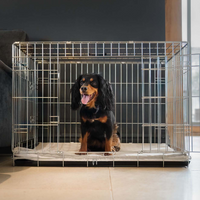





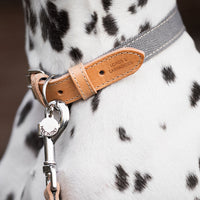





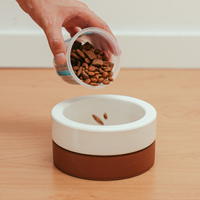





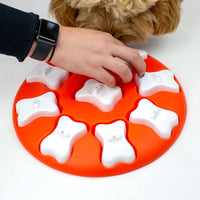































.jpg?v=1701686228760&options=)










.jpg?v=1727958217793&options=)






























